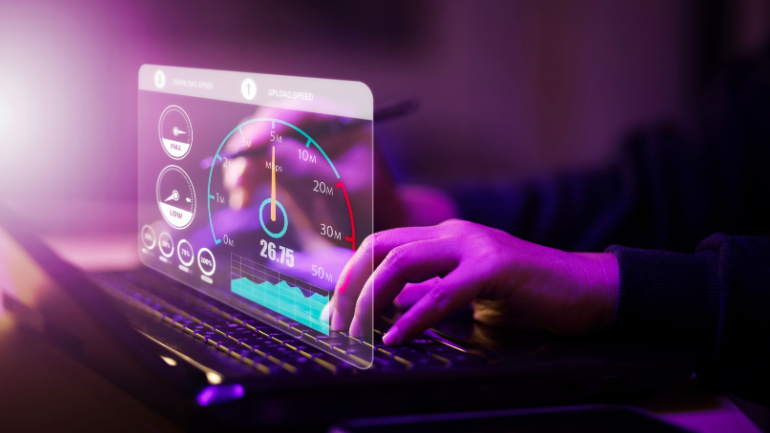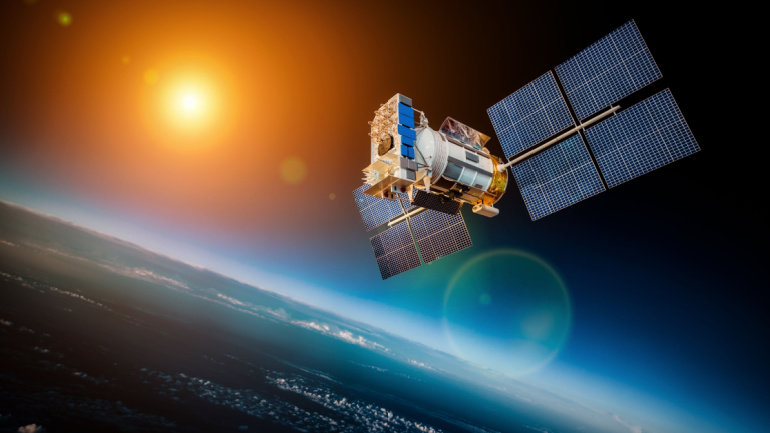In a quest to bring hyper-fast broadband to Scotland’s most rural regions, the Scottish government launched the ambitious R100 (Reaching 100%) project. Backed with sizable financing, R100 aims to boost connectivity for over 180,000 premises. However, stumbling blocks including bidding disputes and slow deployment have pushed timelines back, igniting debates over the project’s efficacy and cost-effectiveness.
Discover Altnets and ISPA’s newly launched report’s deep dive into UK’s full fibre broadband sector. Unearth historical setbacks and the transformative impact of procurement strategies in this detailed analysis. Insight-packed, it fosters understanding of the sector’s intricacies and highlights Altnets’ contribution to the gigabit broadband transition.
EllaLink has been selected by French Guiana’s SPLANG to construct an 8,000 km submarine link, a pioneering step towards direct, high-capacity connectivity between Latin America and Europe. This commendable feat also includes the addition of a 2,100 km cable extension, further broadening the EllaLink network. Embracing cutting-edge technology, such as the ROADM WSS branching unit, the extended network ensures direct and speedy connectivity from French Guiana to Europe, with an RTD latency of under 80 ms.
DIDWW, a global provider of premium quality VoIP communications and SIP trunking services, is proud to announce the acquisition of national telecom operator licenses in Hong Kong. This significant milestone reinforces DIDWW’s commitment to deliver top-tier telecom services and expand its global footprint. With licenses already held in 28 countries and its own numbering resources in 13 regions, DIDWW affirms its extensive reach and comprehensive telecom capabilities to meet the evolving needs of businesses worldwide.
Vodafone, Xiaomi, and Qualcomm Technologies Inc have achieved a pivotal breakthrough in 5G advancements. Successfully trialing an innovative 5G uplink technology, these giants have demonstrated unprecedented upload speeds, reshaping the digital landscape.
Singtel ramps up its maritime digital services by integrating the innovative satellite technology from Starlink. This breakthrough aims to inspire ship operators into adopting digital solutions such as AI, 5G, edge computing, and cloud-based technologies for improved operational efficiency and safety measures. Starlink, a first-of-its-kind low Earth orbit broadband service included in Singtel’s comprehensive iSHIP offerings, offers enhanced connectivity and reduced latency.
In 2024, the telecom industry is witnessing a transformative shift driven by evolving customer needs, technological advancements, and environmental concerns. Key trends include the rise of self-service platforms, the migration to VoIP as PSTN becomes obsolete, standalone 5G networks taking center stage, AI integration for enhanced connectivity, and a strong commitment to sustainability. These trends are reshaping how telecom carriers operate and innovate, promising new opportunities in a rapidly changing landscape.
CMC Networks (“CMC”) a leading provider of global telecommunications services and ConnectiviTree (Europe) AG (“ConnectiviTree”), a trailblazer in digital infrastructure solutions, are proud to announce they have signed a Co-Operation Agreement. This transformative partnership brings together ConnectiviTree’s innovative technology and RootNet network and CMC Networks’ extensive reach to revolutionize the landscape of global connectivity.
Unearthing an alarming digital divide in the UK, researchers at Bionic discovered that 20% of adults lack basic online skills, and shockingly, half of the households do not have internet. In a critical look at digital inclusion in UK cities, Manchester stands out with an impressive 193 digital inclusion services, with Coventry and Bangor trailing behind. London, despite its size, did not break into the top 20 due to shortage of services relative to its population size.
Ofcom’s proposal to supply backup batteries for mobile sites to improve network resilience has brought forth divergent viewpoints. Vodafone – a prominent voice in the debate – highlights operational complexities and massive costs associated with the backup plan, stressing that mobile operators should not carry the full financial burden.













